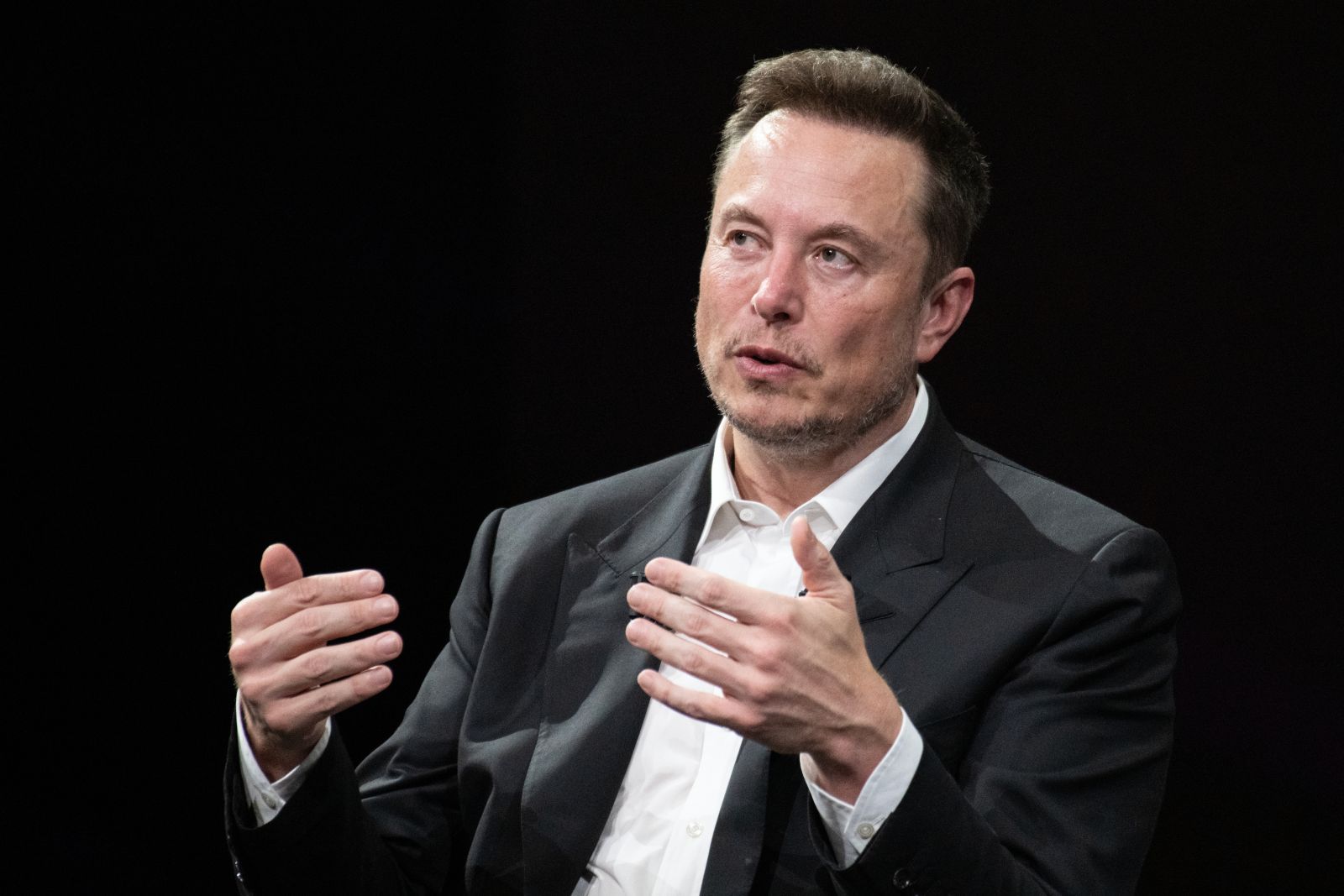 |
 |
|
Name
Cash Bids
Market Data
News
Ag Commentary
Weather
Resources
|
The Head of Tesla’s Optimus Program Just Resigned. What Does That Mean for TSLA Stock?
Tesla (TSLA) is the largest automobile company in the world, measured by market capitalization. However, the electric vehicle manufacturer is also investing heavily in other rapidly expanding markets, such as autonomous driving, artificial intelligence, and robotics, which may unlock billions of dollars in potential revenue over the next decade. Recently, Tesla disclosed that its Optimus humanoid robot program is facing a leadership change, as Vice President Milan Kovac has departed the company, citing personal reasons and thanking CEO Elon Musk in a farewell post. Kovac, who joined Tesla in 2016 and has led the Optimus division since 2022, previously served as director of Autopilot software engineering. 
The departure comes as Tesla positions Optimus as a crucial growth driver for its future valuation. Tesla plans to begin pilot production builds at its Fremont facility in 2025, with broader factory deployment expected thereafter. Currently, Tesla is training Optimus systems for basic tasks, including object manipulation, door opening, and ball throwing. The bipedal robots are designed for diverse applications ranging from factory work to household assistance. Elon Musk Is Bullish on the Robotics MarketTesla CEO Elon Musk made extraordinary claims at the company’s 2024 shareholder meeting. Musk emphasized that the Optimus humanoid robot program could eventually propel Tesla’s market capitalization to $25 trillion, around half the current value of the entire S&P 500 Index ($SPX). This ambitious projection represents roughly eight times Microsoft’s (MSFT) current valuation, underscoring Tesla’s pivot toward artificial intelligence and robotics as core growth drivers. Tesla first unveiled its humanoid robot plans in 2021, promising versatile machines capable of factory work, household tasks, and even childcare. Last year, Musk announced that limited production would begin in 2025, with over 1,000 Optimus robots deployed in Tesla factories. However, recent demonstrations have faced criticism, with robotics engineers noting that the robots required human operators rather than functioning autonomously. The humanoid robotics market presents a substantial opportunity, with analysts projecting significant growth. Morgan Stanley forecasts that the number of humanoid robots will increase from 40,000 in 2030 to 63 million by 2050, while Citigroup predicts a $7 trillion market by the same year. Goldman Sachs estimates a $38 billion global market by 2035, while Macquarie projects a $139 billion market over the next decade. Tesla faces competition from established players, including Boston Dynamics, Chinese automaker XPeng (XPEV), and Xiaomi (XIACY). XPeng has already integrated second-generation humanoid robots into its factories, while Chinese companies benefit from substantial government support and account for 78% of global robotics patents. Despite ambitious projections, Wall Street remains cautious about valuing Tesla’s potential in robotics. What Is the Target Price for TSLA Stock?Over the last 18 months, Tesla has been wrestling with slowing sales and narrowing profit margins due to a challenging macro environment, rising competition, and Musk’s political affiliations. While analysts expect Tesla’s sales to grow by 0.2% to $97.8 billion in 2025, the EV maker is projected to end 2029 with total revenue of $224 billion. Comparatively, adjusted earnings are forecast to expand from $1.88 per share in 2025 to $8.61 per share in 2029. Out of the 41 analysts covering TSLA stock, 14 recommend “Strong Buy,” two recommend “Moderate Buy,” 15 recommend “Hold,” and 10 recommend “Strong Sell.” The average target price for TSLA stock is $292, 12% below the current price. 
On the date of publication, Aditya Raghunath did not have (either directly or indirectly) positions in any of the securities mentioned in this article. All information and data in this article is solely for informational purposes. For more information please view the Barchart Disclosure Policy here. |
|
|